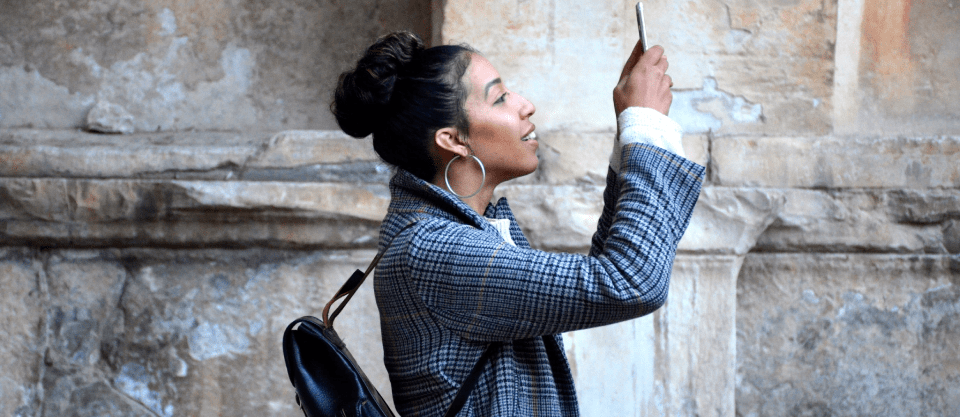
Self-Portrait Photography: When You Are the Art and the Artist
With social sharing platforms like TikTok and Instagram, visual content has not just seen an increase in vloggers but an increase in content consumption as well. The popularity of self-portrait photography is rapidly escalating, with individuals choosing to record videos and take photographs themselves. But worry not! To follow in the footsteps of Instagram influencers with top-notch selfies, take a look at the perfect self-portrait photography guide.
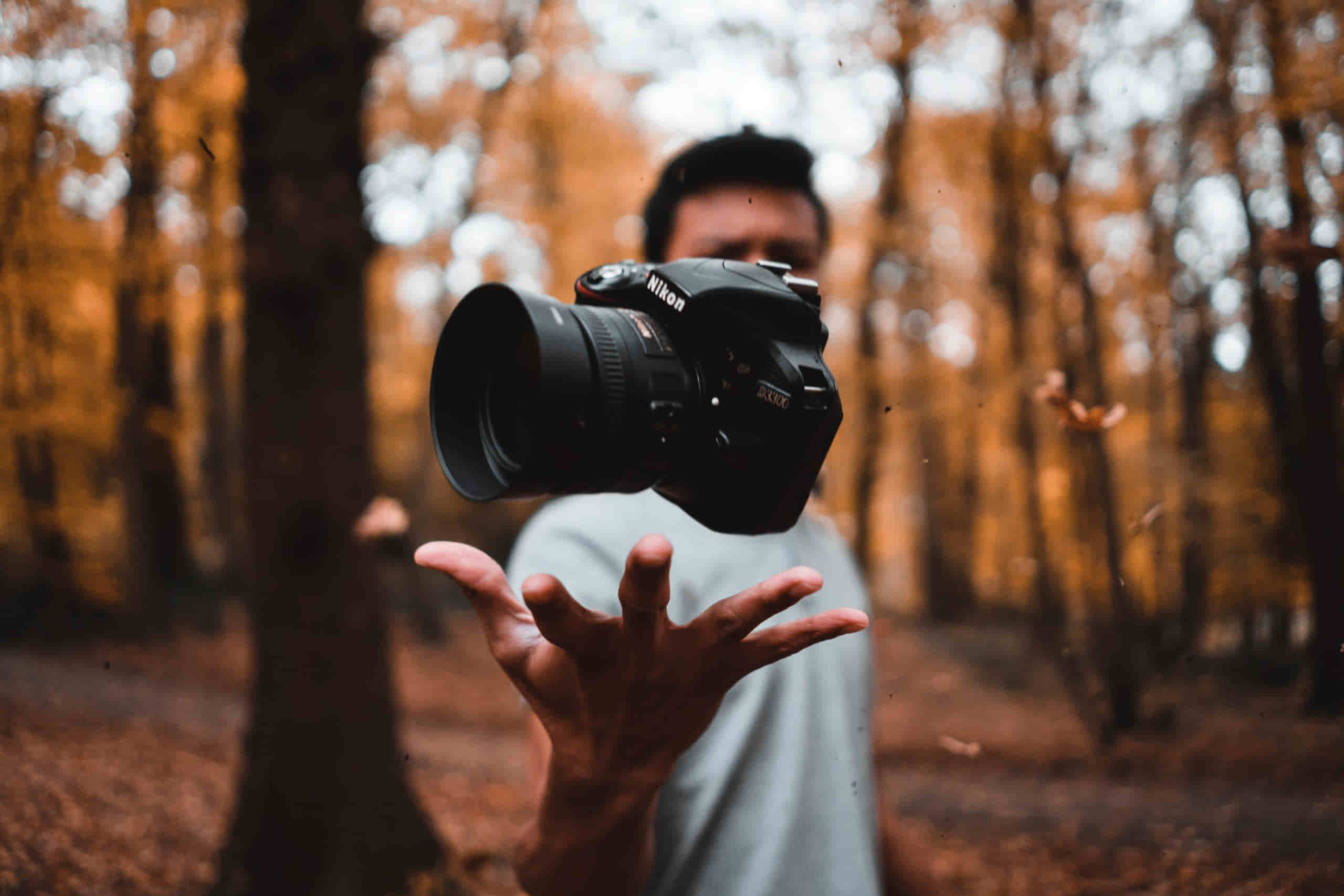
Understand Yourself
Self-portrait photography is all about finding that perfect angle, light for the photography and location for your selfie. How to take a good selfie is not just limited to a good phone – naturally, understanding yourself also plays a vital role. Let us first learn the basics of how to take a good selfie.
Understand Your Perfect Angle
Everyone looks different in various angles. While someone might for the photography know how to take a perfect selfie from a particular angle, might not work that way for you. Figure out whether you look better while being photographed from the right, the left or just stor your self-portography.

Look Natural
Self-portrait photography is all about looking like you’ve been caught off-guard, but knowing very well where the camera is. If you have a hard time looking for the camera, make it a habit to always look elegant; just how you would look while taking a good selfie.
Make Sure You’re Not Too Close to the Camera
We’ve all met people who look perfect in every picture. Self-portrait photography is all about photographing yourself without looking like the camera is bang in front of your face. Learn distances, and you’ll find the perfect selfie soon enough.
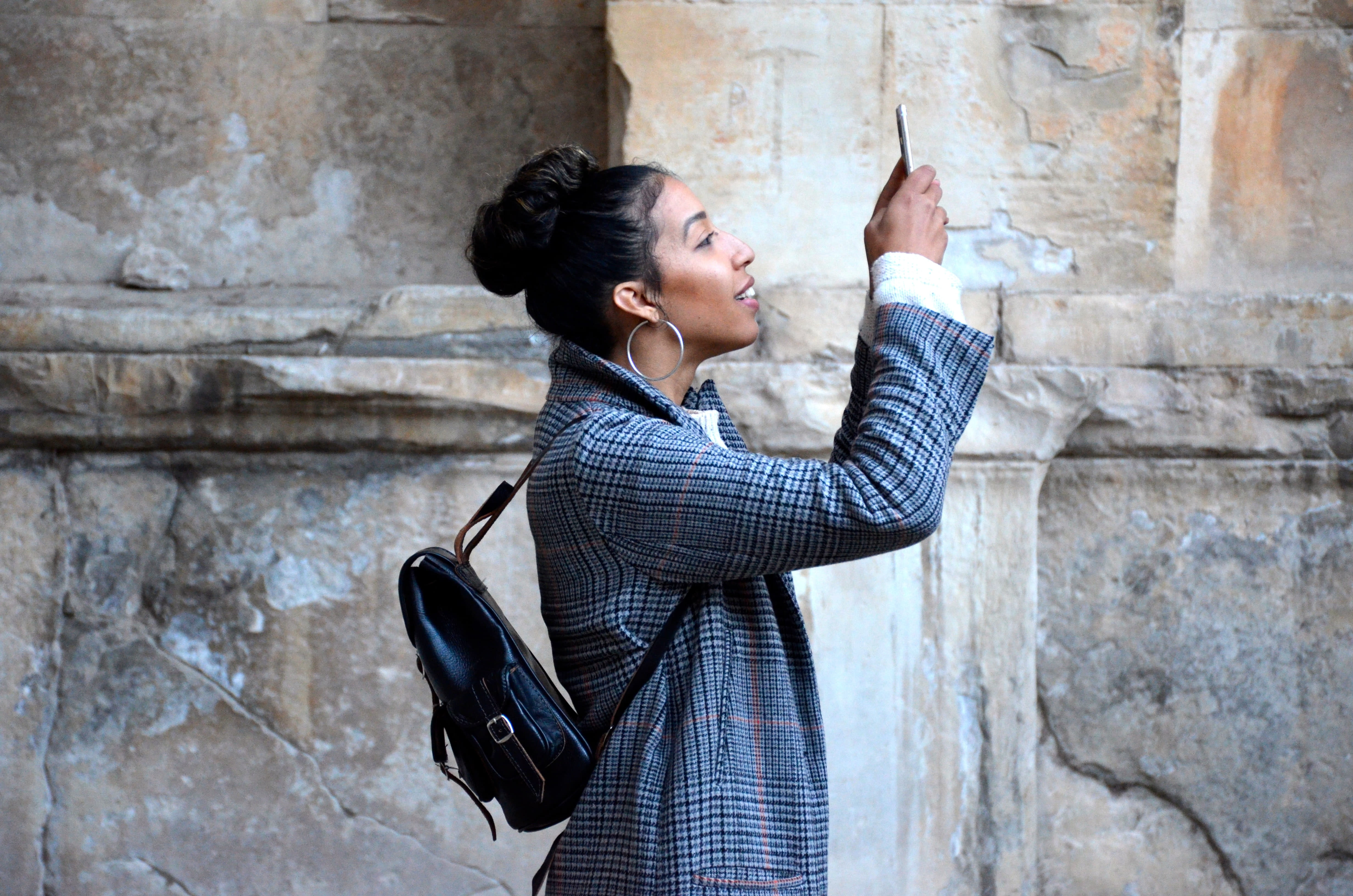
Bright Lighting Is Your Friend
A good self-portrait photo has the perfect balance of light and shade. Don’t overexpose the camera or stand in blinding light. The perfect light is one that illuminates your face, so step into some natural light for a good selfie.
Take Many Selfies
Your first selfie is not always your perfect selfie. You will have to take many self-portrait photos before you find one that is the best selfie. Most shoots take an average of 300 pictures to find that perfect picture.
Less Is More
Don’t add too many filters. Self-portrait photography is all about playing around with balance or a theme. Based on that theme, you will be able to find the perfect selfie that not only has depth but also has meaning.
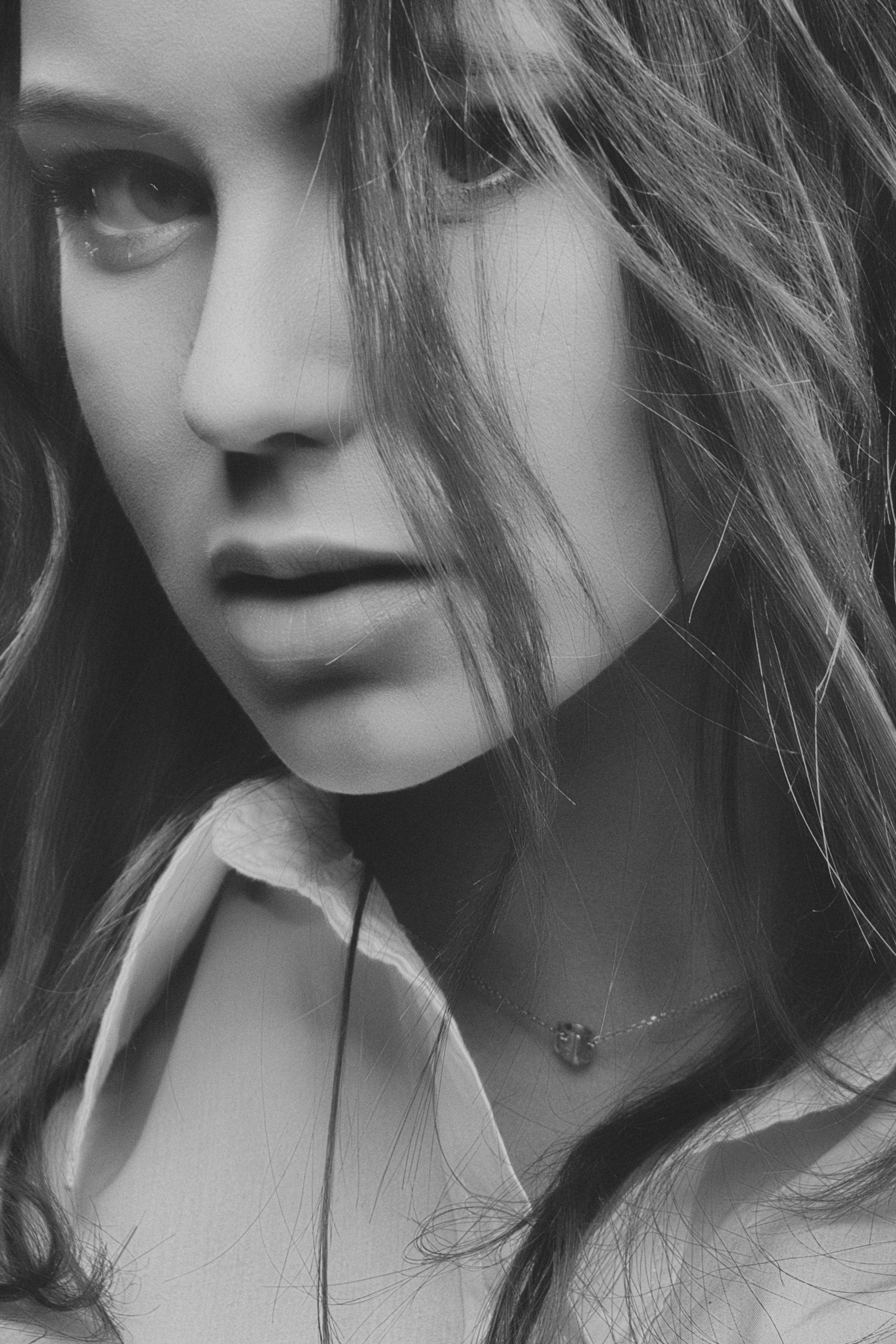
Understand the Camera
Your camera is your friend, and self-portrait photography is all about getting to know it better. Just like you learn details about your friend, you should learn about the nitty-gritty of your camera.
ISO
When learning about the basics of self-portrait photography, you must make yourself familiar with ISO. ISO tells you about your camera’s sensor’s sensitivity to light. This means the more your ISO increases, the more your camera’s sensor will capture light. But beyond a point, the camera will add a certain ‘grain’ to an image to compensate for the lack of light, known as ‘noise’. So while taking a good selfie, you always want to reduce as much noise as possible.
Shutter Speed
Shutter speed is the amount of time that your camera’s shutter is open to expose light on each frame. While taking self-portrait photography, it is important to understand how this works. If your camera’s shutter speed is set to 1/70, this means that your camera is letting in light at 1/70th of a second in each frame. So, the higher the shutter speed, the more crisp your photo will be, important while learning **how to take the perfect selfie.**
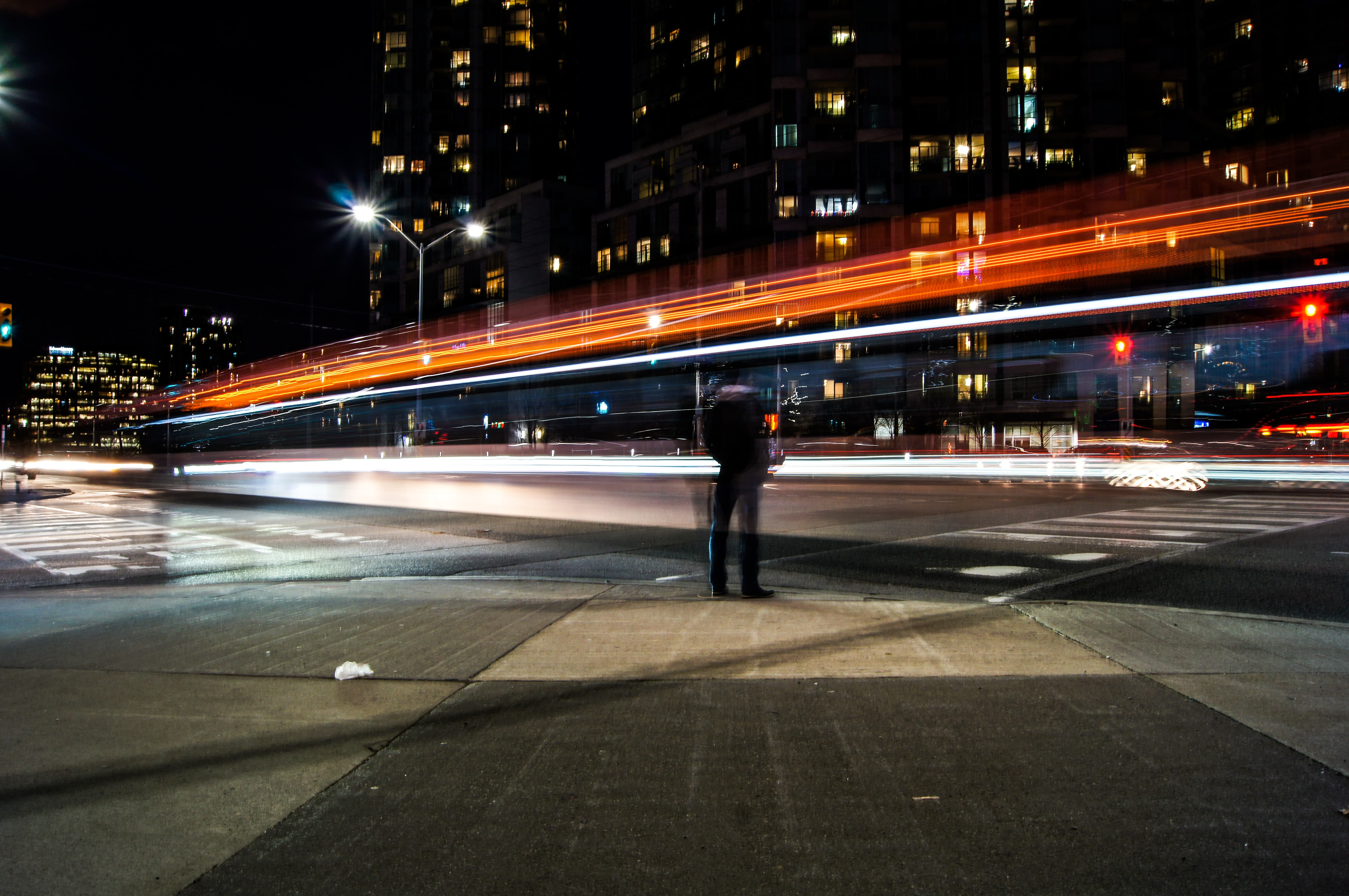
Aperture
The aperture is just the size of your lens’ opening Aperture works similar to the iris of a human eye, and by controlling the amount of light you let into a camera, your self-portrait photography becomes all the more focused. With a lesser aperture, you will focus on lesser of the landscape and vice versa.
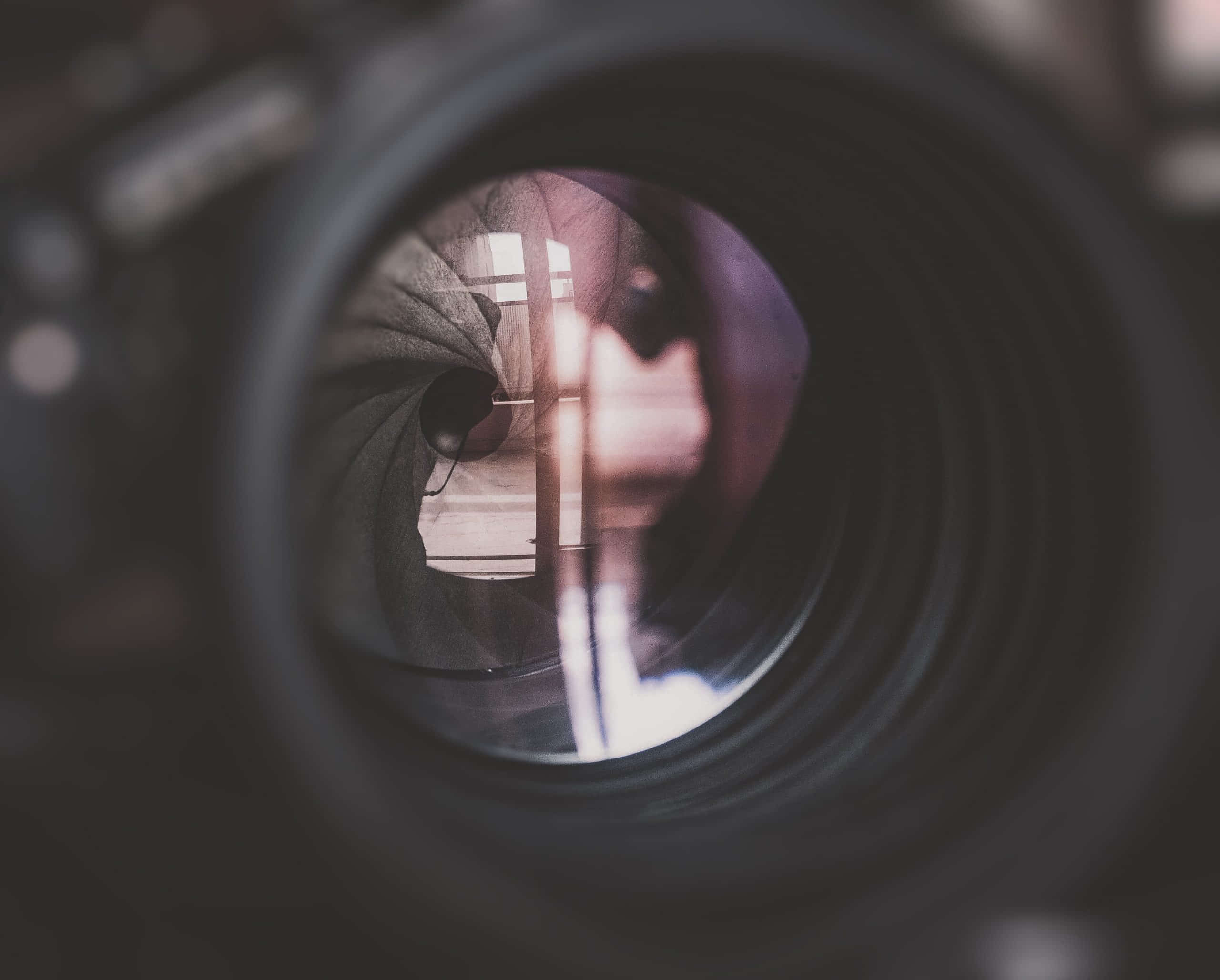
Understand Light, Shade, and Perspective
How you take a great selfie comes from understanding perspectives and playing with the light and the dark. Here’s how to take that self-portrait photo.
Front Lighting
Front lighting is placing the light source right in front of you. This way, you can conceal any shadows as the shadows will fall right behind you and not be seen – a useful tip during self-portrait photography. Front lighting is the simplest way to make sure that your face is well lit while taking a selfie so that it is a clear and good selfie.
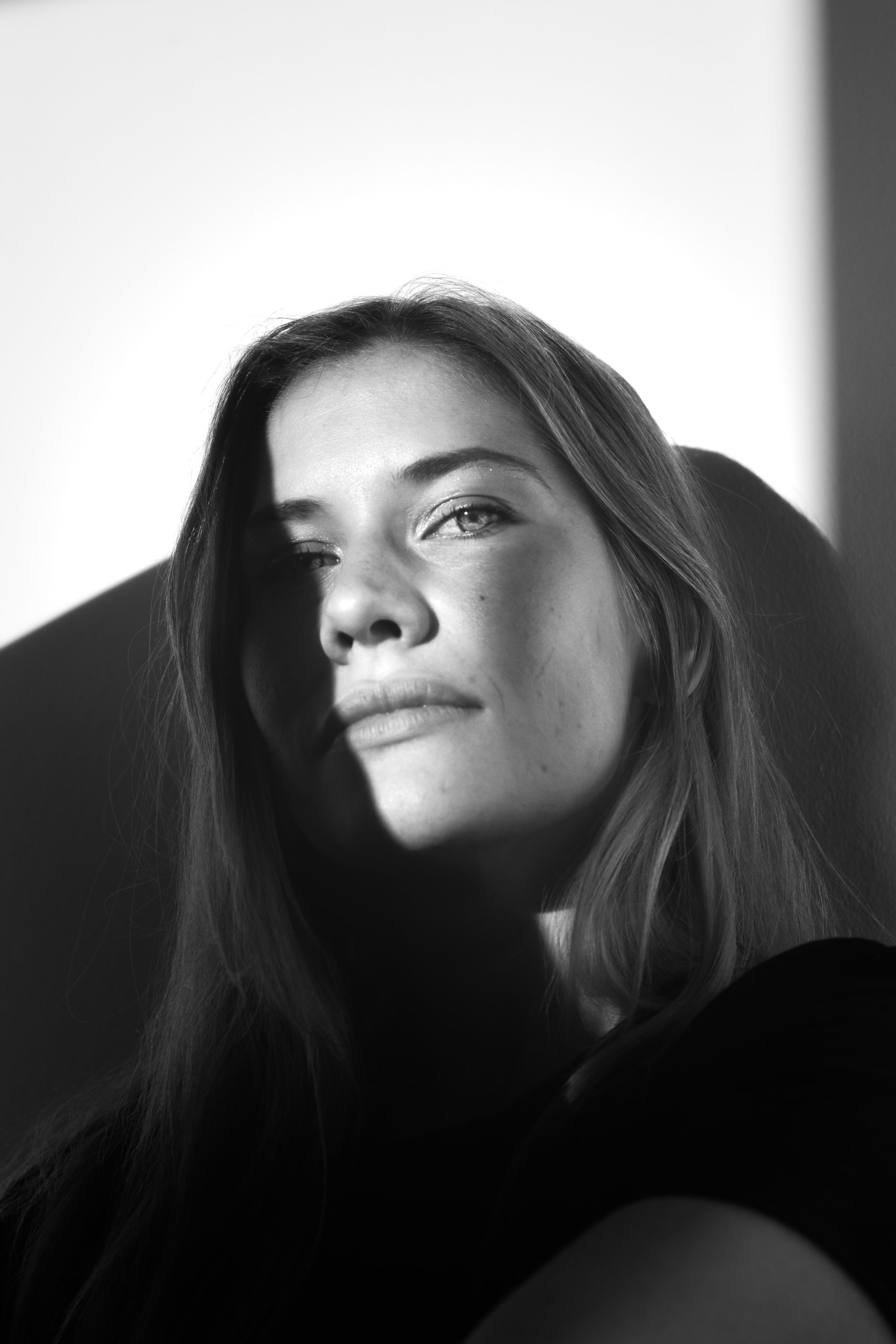
Side Lighting
Side lighting is the technique of placing the light source in such a way that it hits you from the side. This technique not just gives your picture depth of field and perspective to your self-portrait photography, but can make your self-portrait photography a class apart. Side lighting is simple. But you have to have control over how the shadows fall. It doesn’t always have to be at a 90-degree angle, and even a minor change can produce breathtaking outcomes, especially for self-portrait photography.

Backlighting
Backlighting is the most difficult to manoeuvre. If you do not understand manual mode or in case you don’t have a light modifier, you could end up with just a silhouette and not a picture. Not something you want for self-portrait photography. If you are a photography beginner, start by experimenting near a window. Once you have good command over the manual mode, start by experimenting with backlighting.
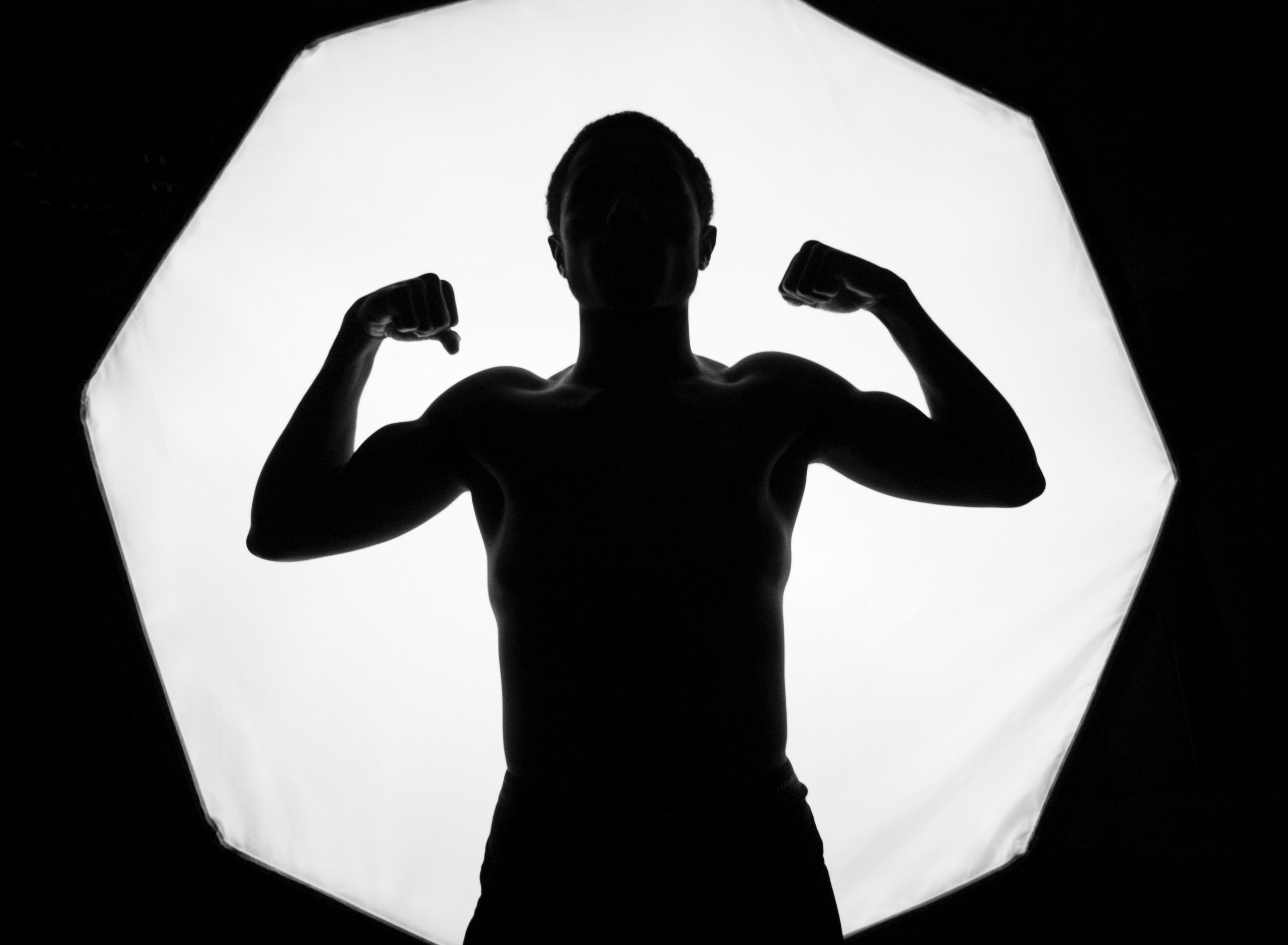
But just understanding where to place light is not enough. For self-portrait photography, there are so many types of lights, and different types of light, produce different effects.
Hard Light
A hard light source can produce shadows with a minimal transition between light. Thus your picture will have shadows, but no transition between the light and shade. If hard light is used incorrectly, it creates hard highlights over your face, which might be very unflattering, especially for self-portrait photography. But, not all is bad with hard light. Hard light creates more contrast to an image and can sometimes be combined create drama inside a self-portrait photograph.
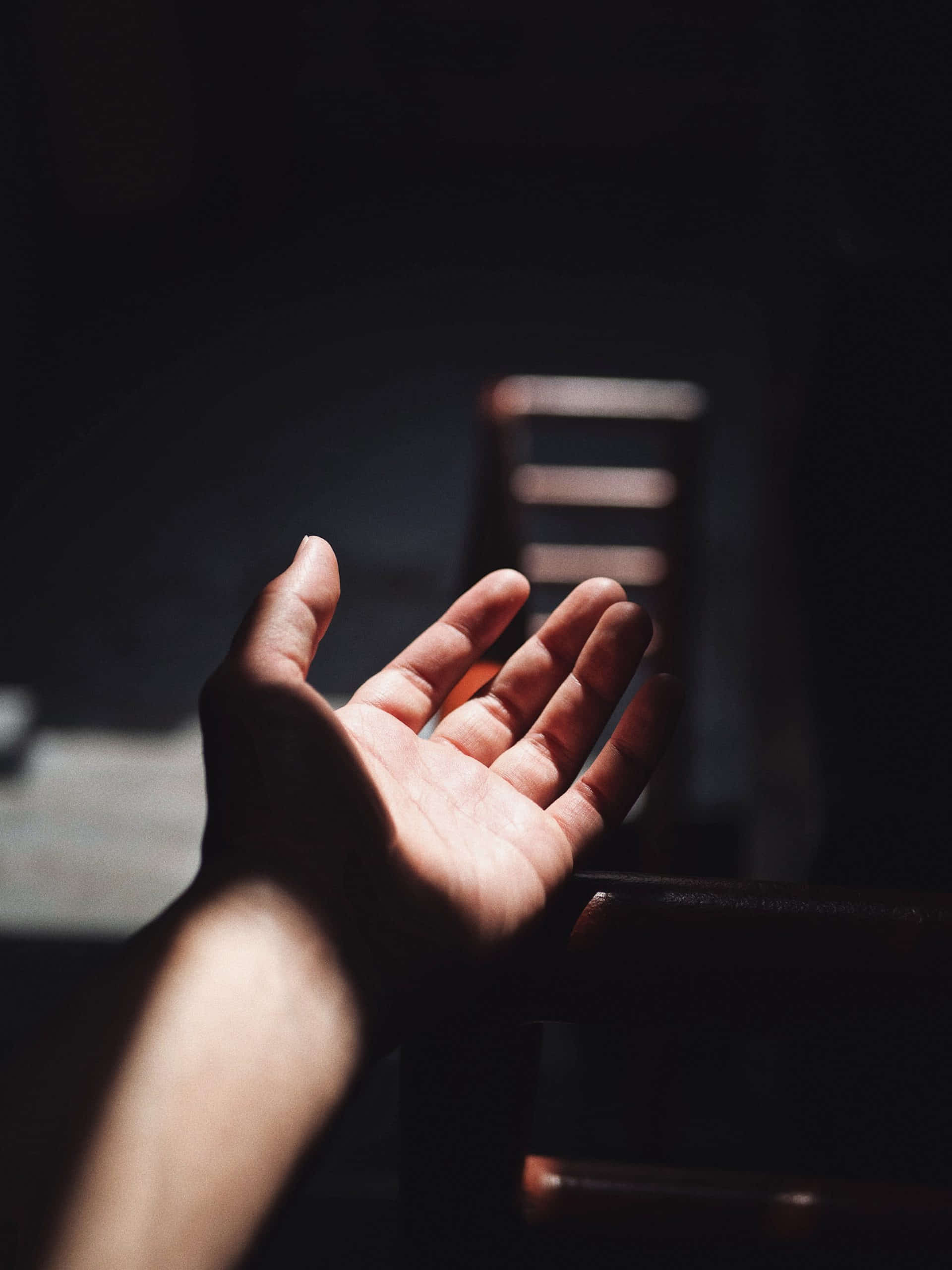
Soft Light
Soft light, on the other hand, gives out a much more subtle effect on the self-portrait photography. It provides less drama and can produce smooth transitions from the dark areas to the light areas of a photo. It is much easier and is a great way to start experimenting in photography.

Picking the Perfect Lighting for the Perfect Selfie
A fluorescent light bulb creates an entirely different effect than an incandescent one. While a camera’s white balance can correct an image automatically, there is a lot more fun in learning about how to do this manually to create the ultimate self-portrait photo. Film photographers often use warming and cooling camera filters to produce these effects. This plays with the mind of the viewer and makes them feel what self-portrait photography wants them to see.
Bottom Line
While it may sound like self-portrait photography is just a matter of child’s play, it’s not all that easy. However, it doesn’t mean that self-portrait photography cannot be learnt as well. With Upskillist’s online photography course, you can keep up with all the technical nuances of self-portrait photography from the comfort of your home. Your smartphone has the potential to take amazing pictures, and this course teaches you exactly how to unlock it. Liven up your social media with self-portrait tips and editing techniques.
What are you waiting for? Give self-portrait photography a shot by clicking here!



